Towards a Geotherapy Institute
(Edited for this publication by Carter Haydu; Originally published: https://cologie.wordpress.com/2020/02/16/32-towards-a-geotherapy-institute-vers-la-creation-dun-institut-pour-une-geotherapie-en-francais-plus-bas/)
Creating a Geotherapy Institute has re-emerged as an idea in recent weeks, energized largely thanks to Mackenze McAleer and his Geonauts — a company involved with the exciting new field of ‘graviculture’.
Geonauts joins the Geotherapy Institute cause
Soil4climate’s Seth Itzkan and Karl Thidemann, promoters of Alan Savory’s holistic grazing management, as well as Thomas Goreau and Joanna Campe, co-authors and co-editors along with Ronal Larson of the book Geotherapy: Innovative Methods of Soil Fertility Restoration, Carbon Sequestration, and Reversing CO2 Increases, are also involved with promoting development of a Geotherapy Institute, as is artist Mara Haseltine.
Another Geotherapy Institute supporter is Delton Chen, who will launch in 2020 the Living Systems Economy. He is also active with Complementary Currencies for Climate Change, and the objective of his Global 4C is to manage climate systemic risk.
However, fresh energy for a Geotherapy Institute comes from McAleer and the innovative new tool his company founded.
Terminology evolution
Eco-development, sustainable development, industrial ecology, circular economy, agro-ecology, regenerative agriculture and development, carbon neutrality, symbiosis economy, ecological footprint and climatic economy — literally hundreds of symposiums, conferences, debates, articles and books, have been organized and published around these themes since the first Stockholm conference on the environment and development in 1972.
Many summits and publications have aimed to prevent humanity from making the planet uninhabitable. Environmentalists have tried to imagine paradigm alternatives, including organic agriculture, as well as technical and social developments that offer good quality of human life with fewer environmental impacts. Since 1987, their progress has been called “sustainable development,” based on the UN’s Brundtland Report.
Bio-sourced climate solutions enhancing food security is part of sustainable development. We call these nature-based solutions “biogeotherapy.”
Our solutions include holistic grazing management, biochar in agriculture and non-soils biochar uses, deep-root plants as kernza from the Land Institute that store carbon deep underground, compressed wood as a super-material stronger than steel, reintroduction of megafauna in the Arctic (see our previous blog), movement from annual to perennial plants, no-till agriculture with cover crops to feed soils, and remineralization of soils.
These are all carbon sinks strategies that steer and lean towards geotherapy, and comprise some of the solutions the United Nations currently calls ‘nature-based climate solutions’ or ‘regenerative development’. When considering the multi-task cascading co-benefits of some of these concepts and practices, support for such methods to heal the Earth and avoid the catastrophic consequences of global warming and climate derangement is natural.
Biogeotherapy, a branch of geotherapy, reaps energy from the sun and transforms it into carbon-negative organic construction materials (maybe soon into batteries storing energy, super-capacitors in electronics, and green plastics including epoxy). Such materials also act as carbon sinks to rebalance Earth’s carbon cycle.
Biology is the driving force towards geotherapy. While some authors use terms such as ‘biological engineering’ or even ‘megafauna ecological engineering’, broadly speaking biogeotherapy is based on economies of living systems. Geoengineering, by contrast, proposes technologically-advanced artifacts from the techno-sphere.
A tension has emerged between those two branches of geotherapy. Many biogeotherapists say geo-engineering is not proven, expensive, and even dangerous.
They accuse proponents of only attacking the symptoms of the climate derangement, not the causes. Geoengeneering mostly reduces or deviates solar radiation, they argue.
Biogeotherapists say photosynthesis is a powerful machine to re-balance Earth’s carbon cycle, invented by nature itself. They also argue that our species does not have time to develop highly-technical solutions that will drain financial resources.
The backbone of geotherapy
As stated in previous blogs, geotherapy will be 30 years old in May 2021. Molecular biologist Richard Grantham, who envisioned a reforestation of North Africa, coined the term.
When Grantham organized the French National Center for Scientific Research Colloquium on “Modeling Geotherapy for Global Changes,” his aim was to influence the Planet Earth Summit at Rio in 1992.
In October 1991, in consultation with seven other International Union for Quaternary Research (INGUA) geotherpy group members, including Goreau, Grantham wrote a four-page proposal for a geotherapy program to UNCED’s senior science advisor. It thus represents a rapid consensus by the group on the geotherapy program framework.
While Grantham has since passed away, the Geotherapy Declaration coauthor’s ideas carry on, with Goreau, Campe and Larson finally producing Geotherapy in 2015.
The book resulted from a special session, ‘Geotherapy: Global Needs for Stabilizing CO2 and Climate’, held at the 2011 World Conference on Ecological Restoration in Mexico, which focused on the need for global-scale ecological restoration as an essential condition for climate change stabilization. It presents aspiring geotherapists with exciting new options, such as use of biochar, remineralization, olivine, et cetera.
Why evolve towards ‘geotherapy’
A Geotherapy Institute would promote ‘geotherapy’ as a preferred term. While ‘sustainable development’ promotes industrial ecology, circular economy, as well as ecological economics and a more symbiotic economy, there is also an anthropocentric, increasingly problematic aspect to this phrase.
Geotherapy is more Earth-centric, which represents a major shift in humanity’s ‘mental-map’ when looking at our place in nature. The time has come and the intellectual maturity exists to attack the idea of humanity as ‘Master of the Earth.’ More and more people understand, in particular because of the daily weather they observe, that seeing our species as masters of the biosphere is a very dangerous, dubious idea.
The word ‘geotherapy’ reminds us not only to respect carbon cycles and ecosystem trophic chains, but that we must also repair the biosphere.
Ours is a super-intelligent species. Everywhere we have travelled throughout our history and prehistory, we have thrived. Yet our ancient ancestors’ and more recent ancestors’ success came at a cost. We have decimated many animal species, overused and damaged soils, and polluted the oceans and atmosphere.
Fortunately, humanity can reverse CO2 increases, and we have the scientific knowledge for ‘Re-greening Earth and Growing our Way out of the Global Crisis’ (the title of Geotherapy’s conclusive chapter).
Under the umbrella term ‘geotherapy’ are numerous solutions to the climate, biodiversity and desertification crises. Geotherapy suggests a much more desirable future for humanity and other species in nature.
Benoit Lambert, PhD is a member of the Soil4Climate advisory board; Biochar developer and geotherapist; owner of Biochar Génération; formally, Editor and Director of Publications, Worldwatch Institute, Geneva, Switzerland. He writes the blog Geotherapy Chronicle — For Food Security & Global Warming Reversal.
Support us on Patreon
Thank you for joining us today! Please become a member of RTE and support us on Patreon. Unlike many larger organizations, we work with a team of determined and passionate volunteers to get our message out. We aim to continue to increase the awareness of remineralization to initiate projects across the globe that remineralize soils, grow nutrient dense food, regenerate our forests’ and stabilize the climate – with your help! If you can, please support us on a monthly basis from just $2, rest assured that you are making a big impact every single month in support of our mission. Thank you!

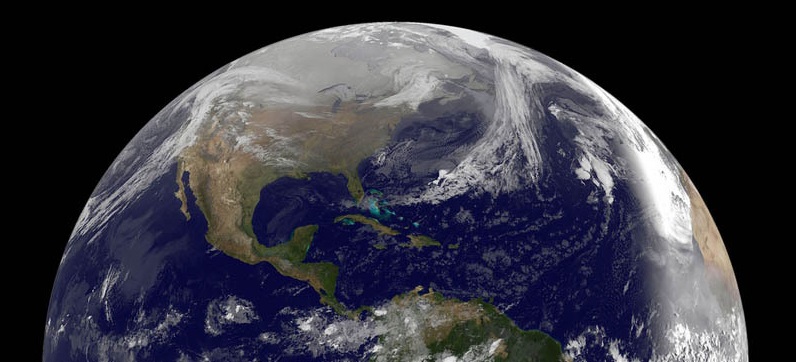
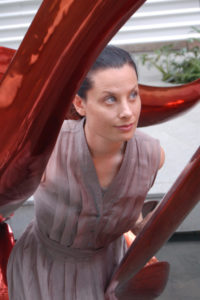

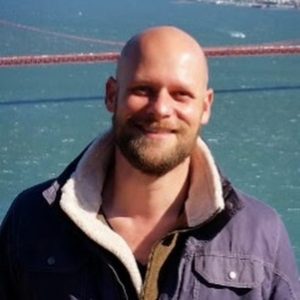
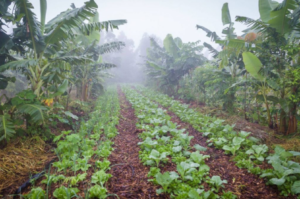
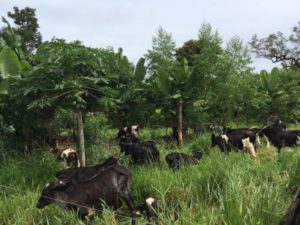






Savio Vogt
August 15, 2020 (2:57 am)
How do I become a Geonaut?
Joanna Campe
August 23, 2020 (3:33 pm)
So sorry, but the website for the Geonauts does not seem to be up and running currently.